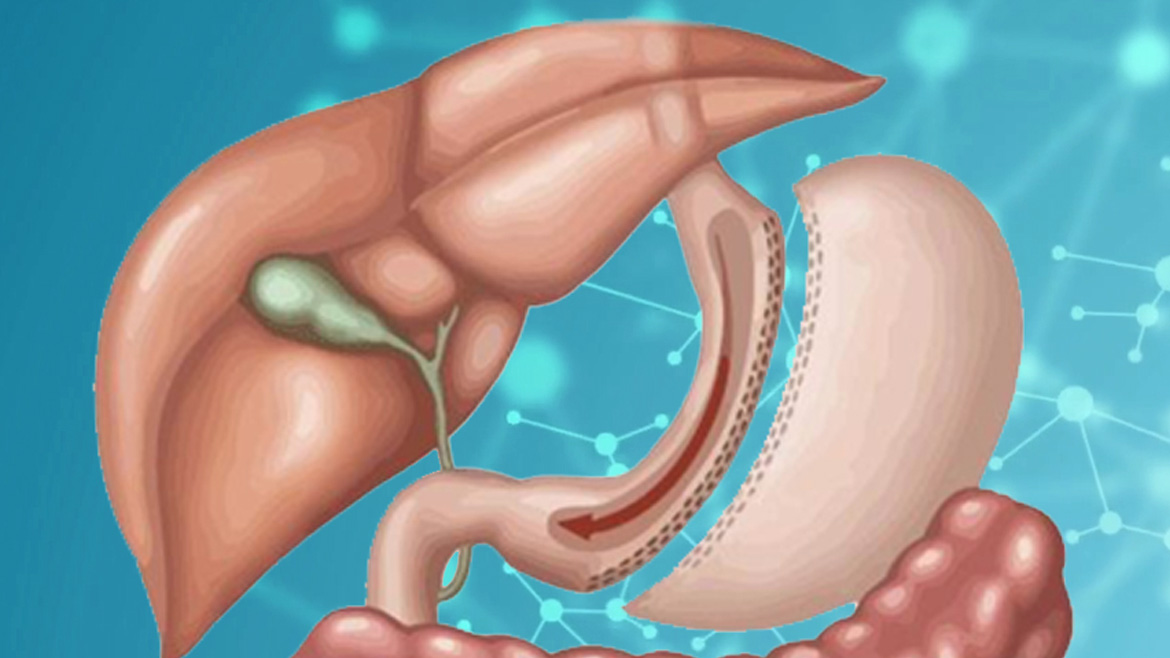The Bilio-pancreatic shift with Duodenal Crossing (Switch), is a restrictive surgical procedure, with reduction of the gastric capacity, but above all it is malabsorptive, by reconducting the gastrointestinal ducts and diminishing the length of the small bowel.
It is recommended for adult patients (18 to 65 years old) affected by Obesity type IV (above all in IMC > 55 kg/m2), jointly with a change of the style of life (diet and exercise).
As in the Gastric By-pass, losing weight is achieved by means of two mechanisms, matching a vertical gastrectomy (restrictive component), jointly with the small bowel crossing, in order that it only used 50% thereof for the digestion and absorption of the foods (malabsorptive component).
The procedure is carried out by means of laparoscopy, and is associated to a systematic cholecystectomy. Because of the complexity of the technique, and with the objective of reducing the surgical risk, a two-stage surgery may be proposed (first a vertical gastrectomy and, in a second stage, the bilio-pancreatic shift) or the possibility also exists to carry out an intervention with a sole duodeno-ileal anastomosis (SADI), with promising results. As a significant malabsorptive component is present, it requires a strict control by an endocrinologist and a nutritionist, to prevent possible nutritional deficiencies.
The Bilio-pancreatic shift with Duodenal Crossing (Switch) achieves an over 75% lost of overweight after 5 years, jointly with the improvement o even remission of the comorbilities associated to the Obesity, such as high blood pressure, diabetes mellitus type 2, a dyslipaedemia and the sleep apnoea syndrome.

